 Our primitive brains establish patterns that for the most part keep us safe and out of trouble. This has kept our ancestors out of the jaws of wild beasts. This is also what happens when you apply your vehicle brakes when it looks like the speeding car is going to plow through the intersection and smash into you. You see the pattern and act accordingly. Our brain creates and recognizes Continue reading “Innovation Squelchers: Pattern Thinking, Biases, and Gator Brains”
Our primitive brains establish patterns that for the most part keep us safe and out of trouble. This has kept our ancestors out of the jaws of wild beasts. This is also what happens when you apply your vehicle brakes when it looks like the speeding car is going to plow through the intersection and smash into you. You see the pattern and act accordingly. Our brain creates and recognizes Continue reading “Innovation Squelchers: Pattern Thinking, Biases, and Gator Brains”
Using the F Word at Work and How not to get Jujitsued
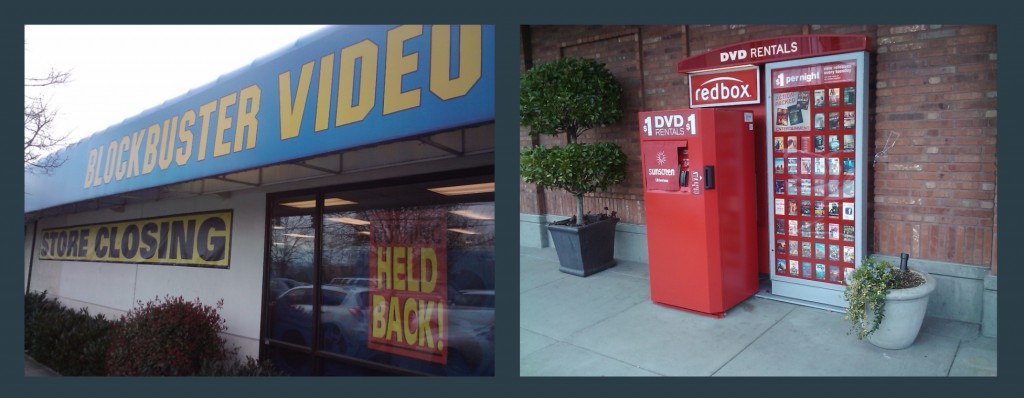 Think about the culture of your organization. Are you allowed to fail, is it encouraged, learned from, or it is something to be avoided at all costs. Recognize that as organizations mature they become less tolerant of risky, unproven, new ventures that have uncertain potential.
Think about the culture of your organization. Are you allowed to fail, is it encouraged, learned from, or it is something to be avoided at all costs. Recognize that as organizations mature they become less tolerant of risky, unproven, new ventures that have uncertain potential.
In public companies, beholden to the perceived needs of investors, this is troublesome. While these skittish companies and the leaders that drive them focus on short term needs of investors, more fearless upstarts are redefining industries and taking away customer mind share.
This explains in part why the traditional car rental companies did not recognize Continue reading “Using the F Word at Work and How not to get Jujitsued”
Are you Going Mental?
Are you Going Mental?
Ok, phew – you’ve landed. You got past the headline. Now you may be wondering what this post is all about. An article on crazies. No – though I did like the movie by that title.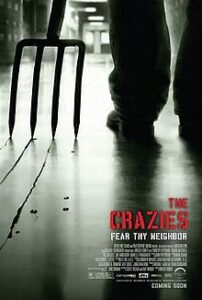
Going mental is what you need to do more of. Nobody gets harmed, unlike in the movie. When you get stuck, you lack a mental model of how to proceed, similar to a 2nd grader trying Continue reading “Are you Going Mental?”
I Pray for Your Failure
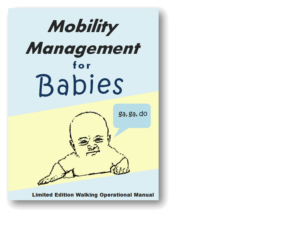 Gosh. That sounds mean. Why would you say that? Like a child learning to walk, uninstructed, unencumbered by rules and the walkers operational manual, we all need to run experiments, prototype and get onto the business of walking so someday we can master running. Babies run experiments and eventually they turn many failed attempts into the successful first walk. They go on to refine their walk and eventually master running, skipping, jumping and a host of related activities. In our adult lives we sometimes forget how naturally wired we are to do this. We erect and adhere to rules, systems, and process even when the situation doesn’t call for it. Failure is OK; it can be really good for you and your organization. I pray that you fail and then learn from it to make a difference.
Gosh. That sounds mean. Why would you say that? Like a child learning to walk, uninstructed, unencumbered by rules and the walkers operational manual, we all need to run experiments, prototype and get onto the business of walking so someday we can master running. Babies run experiments and eventually they turn many failed attempts into the successful first walk. They go on to refine their walk and eventually master running, skipping, jumping and a host of related activities. In our adult lives we sometimes forget how naturally wired we are to do this. We erect and adhere to rules, systems, and process even when the situation doesn’t call for it. Failure is OK; it can be really good for you and your organization. I pray that you fail and then learn from it to make a difference.
If you can’t walk, then you can’t run. And running is exactly what you need to do to out execute the competition and to sense, satisfy, and delight the needs and wants of your customers.
Have courage to create a new conversation. Take a risk. Build a prototype. Test it for value. If you don’t fail – great. But it you do, share the failing, learn from it, and move on. Think of all of the wonderfulness in the world that we wouldn’t experience if people didn’t have the courage to face potential failure.
Now go out and fail at something to make the world a better place.
7 Steps to Make the Customer Come Alive Inside Your Organization
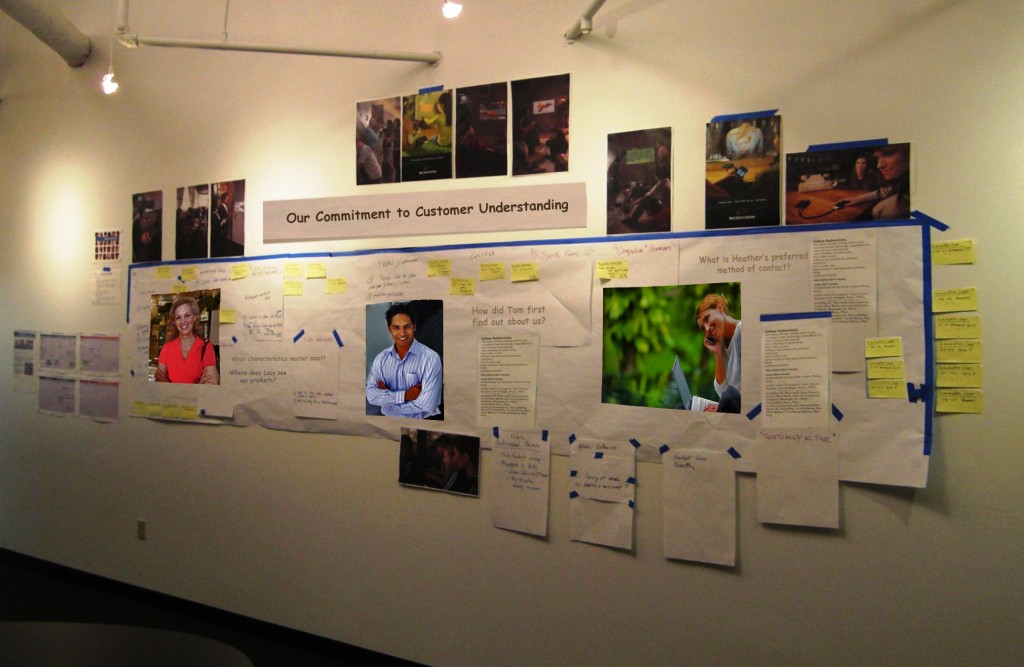
Customers are the lifeblood of your organization. Delighting them is your surest path to sustainable success. When you make the customer come alive inside your organization you leverage employees natural empathy, focus employees on what customers value and provide them with a shared purpose. This renewed understanding and engagement may unlock the answers to some of your most vexing problems and give you insights into profitable growth opportunities.
7 Steps to Make the Customer Come Alive Inside Your Organization
- create a dedicated space to demonstrate customer thinking – a wall works.
- place photos of typical customers – could be other stakeholders depending on your business and focus, e.g. investors, prospects, employees, partners, patients, members, guests, visitors, volunteers, voters, citizens, students, clients, etc.
- ask and answer questions –
- how did they become aware of us?
- what are their communications habits?
- why did they buy from us?
- what are their needs and are they changing?
- enroll others in an ongoing dialogue around customers – encourage colleagues to place sticky notes or write on the wall
- continue to gain new insights and generate new questions
- as you have customer interactions share your learning at the wall
- prioritize and take action on insights – you can’t do it all so focus on the projects and programs that will have the most impact and look for quick wins.
Other Projects that can help you improve your Customer Thinking and eliminate blind spots include: net promoter score (NPS) & loyalty strategy; customer evidence (case studies, testimonials, references); customer observation, behavior, and needs analysis; segmentation and ecosystem mapping; customer storybook and voice of the customer; win/loss/stall analysis; empathy lab; and customer profitability & retention analysis.
How Can my Car Possibly Breakdown, I’m on Cruise Control?
 Everything has changed, but you’re still executing on the old strategy? Chances are you’ve been too busy to re-examine your strategy, let alone change course. Like most organizations you’ve completed your annual planning and you’re on cruise control –Set it and Forget. Of course, you’ll revisit the strategy in next year’s annual planning session. But what happens when you’re cruising down the road and a competitor, customer, partner, or legislation throws the proverbial monkey wrench in your spokes. Right – your organization will react to it when you encounter that problem. If that is what you believe, then you’ve fallen into the trap. That’s the thing, you can only react to those things you are aware of. Most things that erode your business are more subtle than the abrupt, spoke shearing monkey wrench. Think of a hidden killer like pancreatic cancer. You don’t have years of leading indicators. When it is too late, it is sadly, too late.
Everything has changed, but you’re still executing on the old strategy? Chances are you’ve been too busy to re-examine your strategy, let alone change course. Like most organizations you’ve completed your annual planning and you’re on cruise control –Set it and Forget. Of course, you’ll revisit the strategy in next year’s annual planning session. But what happens when you’re cruising down the road and a competitor, customer, partner, or legislation throws the proverbial monkey wrench in your spokes. Right – your organization will react to it when you encounter that problem. If that is what you believe, then you’ve fallen into the trap. That’s the thing, you can only react to those things you are aware of. Most things that erode your business are more subtle than the abrupt, spoke shearing monkey wrench. Think of a hidden killer like pancreatic cancer. You don’t have years of leading indicators. When it is too late, it is sadly, too late.
One of my mentors once told me “A lot can happen in a little while.” If you caught the Oscars last night, in particular the memorandum part, recall the talent that expired in the past year. Writers, Producers, Actresses, Actors, all removed from the talent pool that brought us great entertainment. The business world is no different. People, businesses, technology, relationships – it’s all changing faster than your annual planning cycle.
So, take a trip around your organization. Are your people keeping up in real time or are they unquestioningly executing on yesterday’s strategy? How ready is your organization to adapt to a shifting strategy? What are you doing to notice trends and changes in the business landscape and customer and partner ecosystems? These are key areas that present both opportunities and threats. Who is watching your organization’s back? Who is spotting dangerous currents or bountiful waters? Is anybody at the table bringing an outside perspective? Do you have sensors in the ground to take notice? Here is a visual tool and 5 steps that will keep your business apprised to the changing world outside your organization.
Trends and Technology Timeline 2010 and beyond
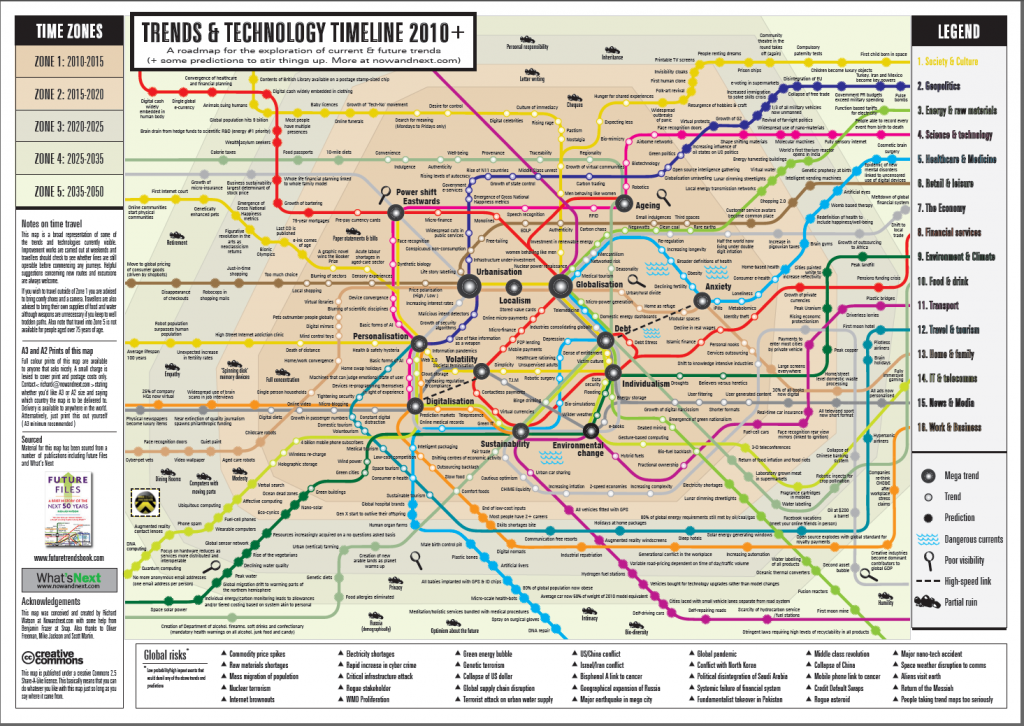
Take these 5 steps to have better business success
- Study, really study, the Trends & Technology Timeline 2010+
- Shift your perspective
- Receive feedback from Sensors in the Ground
- Change the dialogue in your organization
- Expand your innovation neighborhood to include outsiders
Are Communications Helping Your Relationships?
 Timely and relevant communications is essential for businesses to reach their target audience. Anything less is noise that will largely go unnoticed or worse irritate the intended audience. Sadly, many organizations fall into the trap of poorly segmenting communications. Sales and even some marketing personnel fail to differentiate between suspects, prospects, and customers. When this happens, loyal customers are often overlooked. Think how a loyal customer feels about your brand when prospects receive better offers than they do. This results in customer churn, diminished sales, and poor loyalty.
Timely and relevant communications is essential for businesses to reach their target audience. Anything less is noise that will largely go unnoticed or worse irritate the intended audience. Sadly, many organizations fall into the trap of poorly segmenting communications. Sales and even some marketing personnel fail to differentiate between suspects, prospects, and customers. When this happens, loyal customers are often overlooked. Think how a loyal customer feels about your brand when prospects receive better offers than they do. This results in customer churn, diminished sales, and poor loyalty.
To solve this problem companies should segment customer communications into 3 stages.
- The first stage is Exposure. Here you expose suspects to your products and services and turn them into a prospect.
- Next is the Adoption stage. Getting your prospect through the sales process and consuming your product or service is the goal.
- The last stage is Retention. This last one is most often overlooked as sales driven personnel and processes are “on to the next” big sale or initiative.
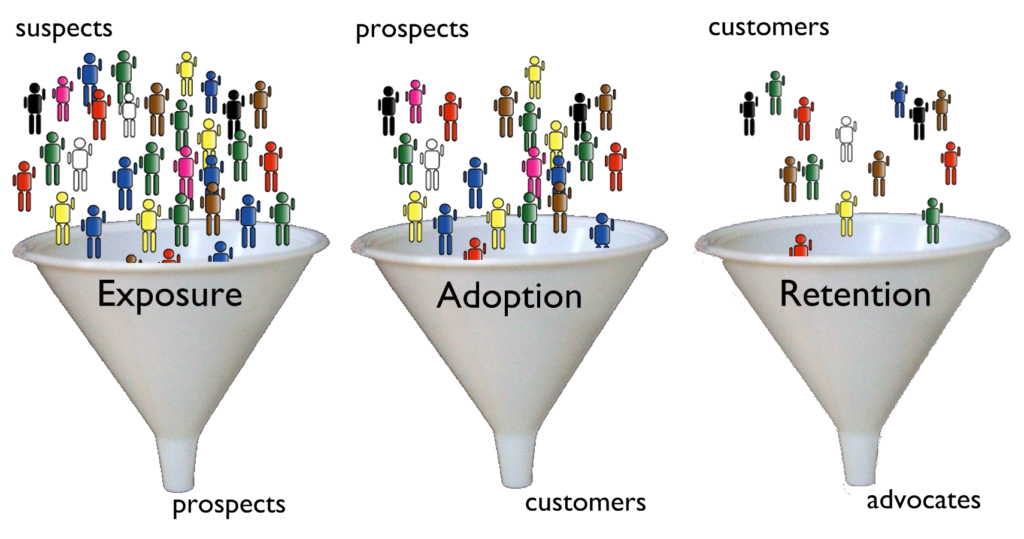
Bain and Company research established that it is 10x more costly to acquire a new customer than retain an existing one. So naturally, you wish to retain customers and turn them into advocates.
Benefit of creating advocates include:
- pay more, especially for premium treatment
- buy more and often without ongoing sales efforts
- provide useful input on products and services
- insulate you from the effectiveness of competitor’s price promotions
- reduce the cost of your exposure funnel related marketing activities
Properly enabled, advocates also influence like minded individuals and expose them to your brand. Because of this, it is important to continue to build the relationship. This is especially relevant in an era where buyers turn to social networks and online information sources for opinions and counsel before completing a purchase decision.
Here is how to improve customer communications
- Conduct a communications audit and establish your baseline
- Ensure everyone is clear on the definition of customer terms i.e. suspect, prospect, customer, and client
- Actively segment communications based on the 3 stages of relationship
- Watch response rates and loyalty improve

